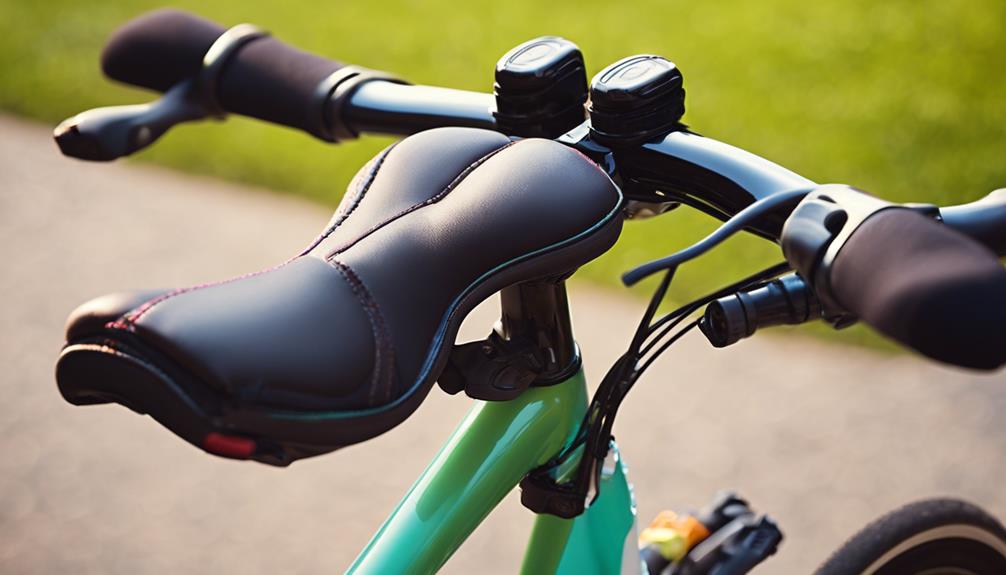When it comes to mountain biking, choosing the right bike can make a significant difference in your overall experience. Among the various types of mountain bikes, full suspension bikes have gained immense popularity due to their superior performance and comfort on rough terrains. This article delves deep into what full suspension bikes are, their advantages, considerations when purchasing, and how they compare to other bike types.
What is a Full Suspension Bike?
A full suspension bike, also known as a dual-suspension bike, is designed with both front and rear suspension systems. This design allows the bike to absorb shocks from bumpy trails, making it ideal for downhill rides and rough terrains. The main components of a full suspension bike include:
- Front Suspension: Typically consists of a fork with shock absorbers to cushion impacts from the front wheel.
- Rear Suspension: A system that connects the rear wheel to the frame, allowing for more movement and shock absorption.
- Frame Geometry: Designed to optimize handling and comfort, especially on uneven surfaces.
Benefits of Full Suspension Bikes
Full suspension bikes offer several advantages that cater to different riding styles and preferences. Here are some of the key benefits:
- Improved Comfort: The dual suspension absorbs shocks from rocks, roots, and drops, providing a smoother ride.
- Better Control: Riders experience enhanced traction and stability, particularly on steep descents and technical trails.
- Increased Speed: By maintaining better contact with the ground, full suspension bikes can allow for faster riding, especially on rough terrain.
- Reduced Fatigue: The suspension systems minimize the impact on the rider, reducing fatigue during long rides.
Types of Full Suspension Bikes
Full suspension bikes come in various types, each designed for specific riding styles. Understanding these types can help you choose the right bike for your needs:
- Cross-Country (XC) Bikes: Lightweight and efficient, these bikes are designed for speed and climbing on varied terrain.
- Trail Bikes: Versatile and robust, trail bikes are suitable for various types of terrain and offer a balanced ride.
- All-Mountain Bikes: Built for aggressive riding, these bikes can handle steep descents and technical trails with ease.
- Downhill Bikes: Specifically designed for downhill racing, these bikes feature heavy-duty suspension systems to absorb massive impacts.
Key Features to Look For in a Full Suspension Bike
When choosing a full suspension bike, several features should be considered to ensure you make the right choice:
- Suspension Travel: Refers to the amount of vertical movement the suspension can handle. More travel is beneficial for rough terrains, while less is better for cross-country riding.
- Frame Material: Common materials include aluminum, carbon fiber, and steel. Each has its advantages concerning weight, strength, and price.
- Wheel Size: Common sizes include 26″, 27.5″, and 29″. Larger wheels roll over obstacles easier but can be less maneuverable.
- Geometry: The bike’s geometry affects handling, comfort, and stability. A slack geometry typically offers better downhill performance, while a steeper geometry is better for climbing.
- Brakes: Hydraulic disc brakes are standard in full suspension bikes, providing better stopping power and control.
Popular Brands and Models
Several brands are renowned for their high-quality full suspension bikes. Here are a few popular options:
- Trek: Known for models like the Trek Fuel EX, which is versatile for trail riding.
- Specialized: Offers the Stumpjumper series, celebrated for its balance between climbing efficiency and downhill prowess.
- Giant: The Trance series is a favorite among riders for its adaptability across varied terrains.
- Santa Cruz: Known for its high-end models, like the Hightower, which excels in technical riding.
Maintaining Your Full Suspension Bike
To ensure longevity and optimal performance of your full suspension bike, regular maintenance is essential:
- Check Suspension Settings: Regularly adjust the suspension settings based on your weight and riding style.
- Inspect Brake System: Ensure that brakes are functioning correctly and pads are not worn out.
- Clean and Lubricate: Keep the bike clean and lubricate moving parts to prevent wear and tear.
- Check Tire Pressure: Maintain the correct tire pressure for better traction and comfort.
Case Study: The Rise of Full Suspension Bikes
The evolution of full suspension bikes has transformed the mountain biking landscape. In the early 1990s, the introduction of the first dual-suspension bike revolutionized the sport, allowing riders to tackle more challenging trails. A study by the International Mountain Bicycling Association (IMBA) revealed that full suspension bikes accounted for nearly 60% of mountain bike sales in 2020, marking a significant shift in consumer preference.
Furthermore, riders have reported a remarkable increase in their performance and comfort levels after switching from hardtail to full suspension bikes. One anecdote from a rider in Colorado indicated that he was able to shave off several minutes from his descent times after upgrading to a full suspension bike.
Conclusion
Full suspension bikes have become a staple for mountain bikers looking to enhance their riding experience. With their ability to provide comfort, control, and speed, these bikes are suitable for various terrains and riding styles. As you consider purchasing a full suspension bike, keep in mind the types, features, and maintenance tips discussed in this article. By making an informed choice, you can elevate your mountain biking adventures to new heights.
Ultimately, whether you are a seasoned rider or a beginner, investing in a quality full suspension bike can significantly enhance your enjoyment and performance on the trails. Happy riding!
